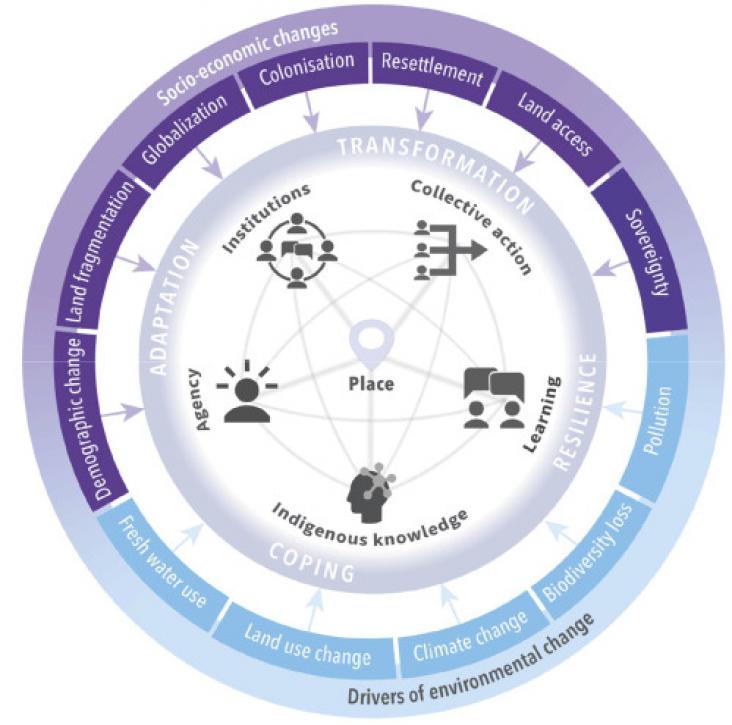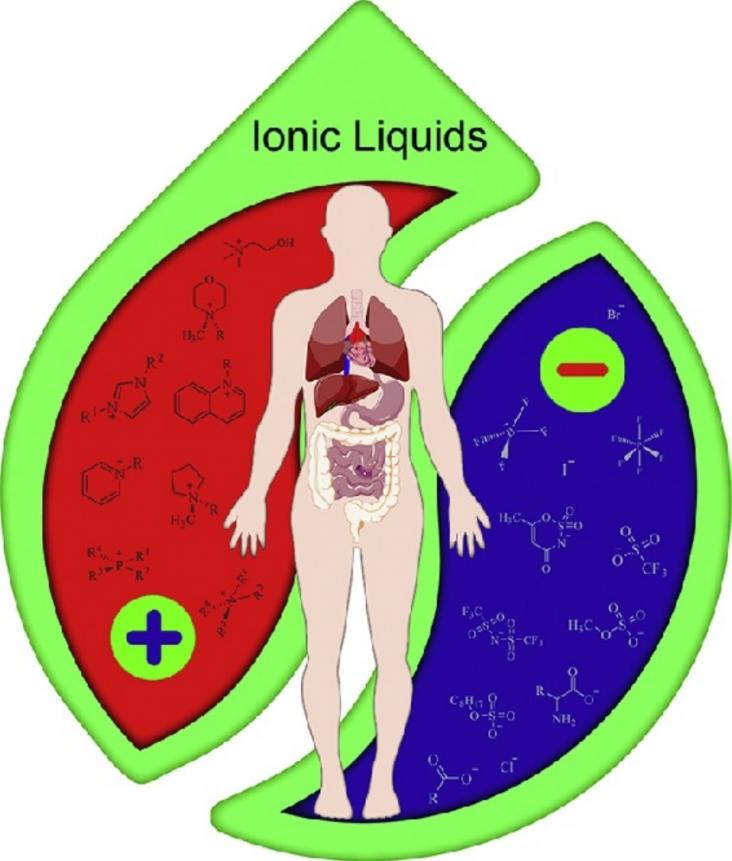The successful conversion of lignocellulose into value-added products depends on overcoming the recalcitrance of its structure towards enzymatic digestion.
Nurse practitioners (NPs) have key roles in addressing health consequences of climate change across the lifespan for patients, families, communities, and populations.

Indigenous peoples globally have high exposure to environmental change and are often considered an “at-risk” population, although there is growing evidence of their resilience. In this Perspective, we examine the common factors affecting this resilience by illustrating how the interconnected roles of place, agency, institutions, collective action, Indigenous knowledge, and learning help Indigenous peoples to cope and adapt to environmental change.
Chitin is the structural material of crustaceans, insects, and fungi, and is the second most abundant biopolymer after cellulose on earth.
This article supports SDG 13 and SDG 15 by demonstrating the people's willingness to pay for ecosystem services on the Tibetan Plateau of China and highlighting the significance of people's knowledge and attitude as direct driving factors for payment amount.
Addressing efficient management of energy has become a central objective due to the scarcity of traditional energy sources and global warming.
If moral concern for nonhuman nature underpins conservation, it is essential to understand how individuals populate their “moral communities,” a core concept from environmental ethics, with various el
Refuges and refugia are important to conservation management because of their potential to protect species from difficult-to-manage threats such as changing climate, extreme events (e.g., drought, fir
Climate change and population growth generates a decrease in water availability around the world which can compromise the maintenance of sustainable agriculture.

Beyond their traditional use as green solvents, new applications have become available for ionic liquids (ILs) in drug delivery.
